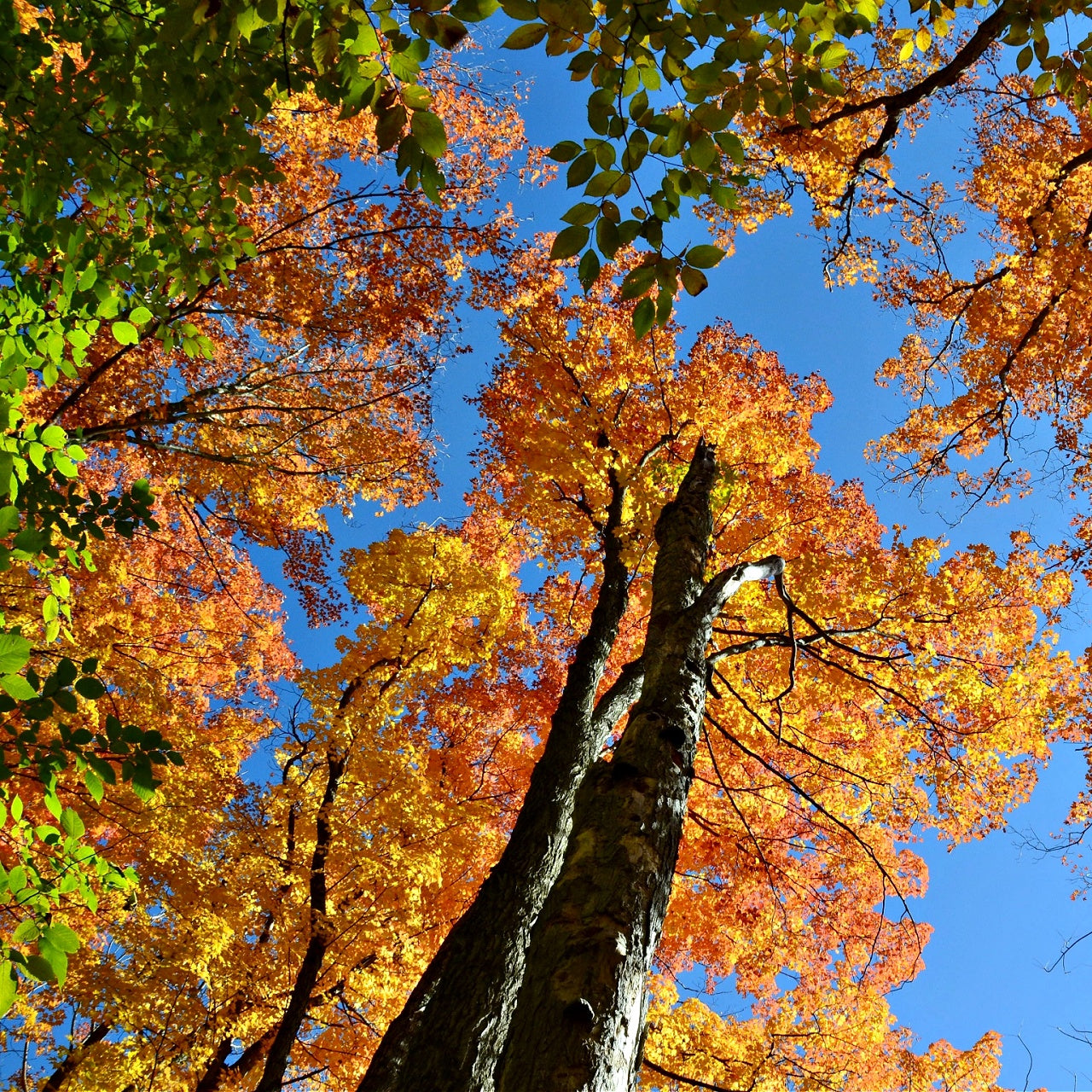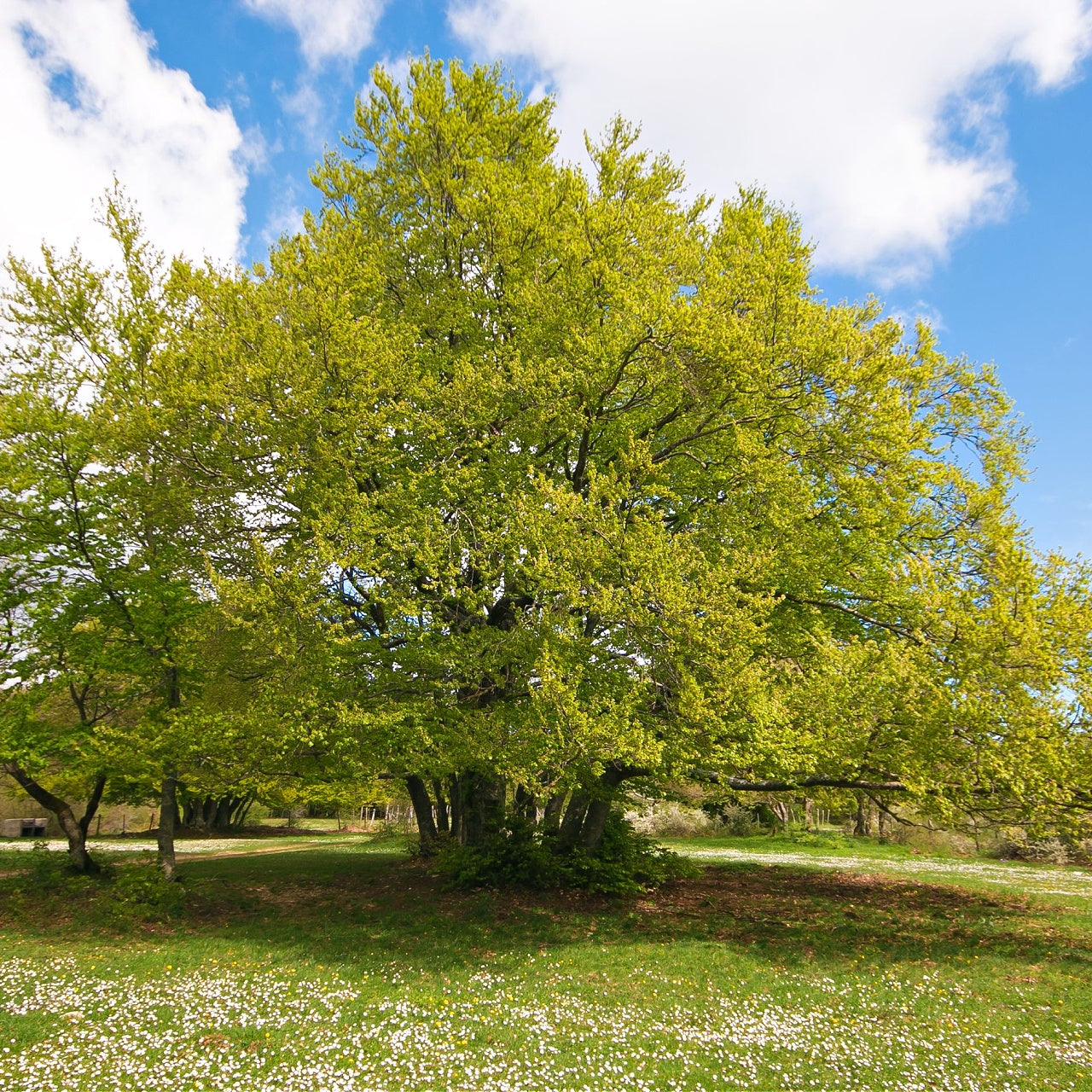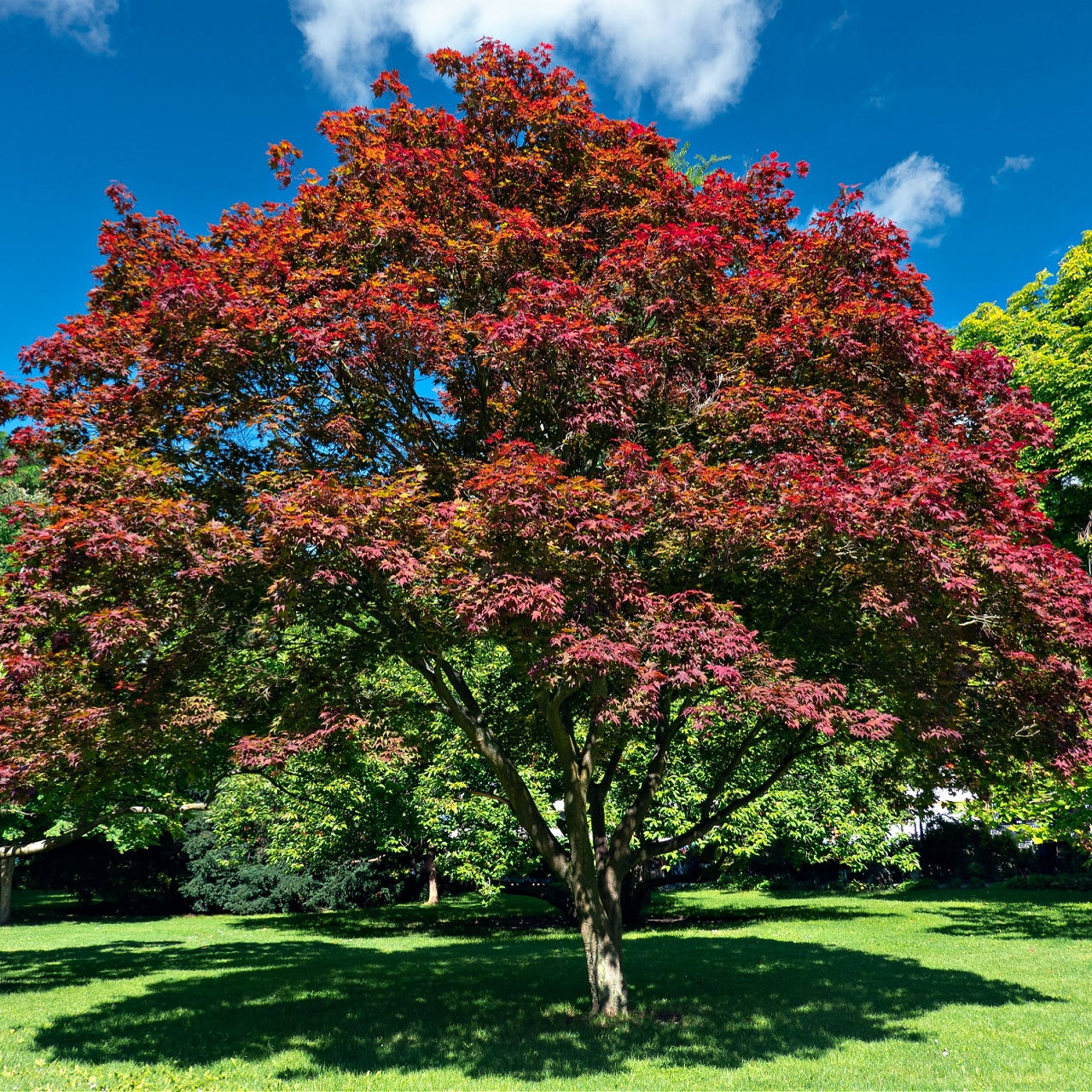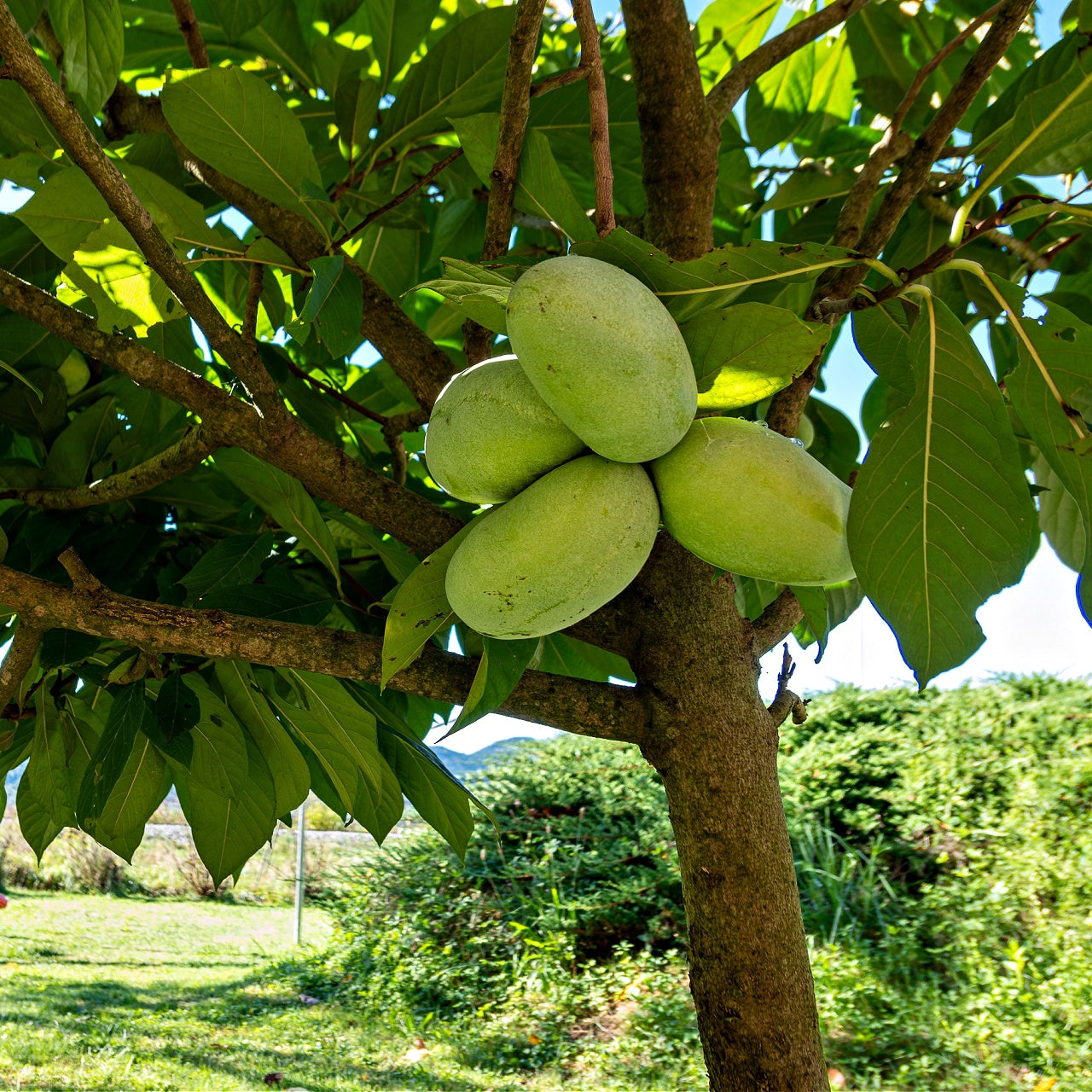
How to Choose the Best Perennial Types for a Garden
How to Choose the Best Perennial Types for a Garden
What are the Perennial Plants You Should Choose in Your Garden
If you want to plant something that will weather the seasons but offers a beautiful, low-maintenance garden, perennials are for you. Perennials do not need to be cut back; they keep coming and coming - which makes them a great addition to any garden. In this article, we'll show you how to decide on the best perennials for your garden based on your personal style and goals.
Benefits of Planting Perennials
Perennials are popular plants for a couple of reasons: They are a great alternative to annuals.
Perennials will come back season after season, so you won't need to replant every year. That's why they're affordable and a time saver for gardeners.
Low-maintenance - Perennials are low maintenance in nature, which means that they do not need as much water and fertilizer as annuals. And they are also generally disease resistant and less pest-prone.
Diversity - There are thousands of perennials to choose from, and they come in all different colors, textures, and shapes for your garden.
Keep Pollinators attracted - Many perennial plants attract pollinators to your garden like hummingbirds to help with pollination and increasing biodiversity.
What to Look For When Selecting Perennials
But before you begin to pick out individual garden plants, there are some key considerations that will make the difference.
Sunlight - Perennials need varying amounts of sunlight. Others love being in full sunlight and others half or all shade. Choose the plants that are suited for sunlight in your garden.
-Soil Type-Soil in your garden will also influence what you plant. There are perennials that need good drainage and others that thrive in hard clay or sandy soils.
Climate - It is also your zone that determines what perennials will be right for your garden. Make sure you pick plants that are climate-adapted for your area.
Style of the Garden- The garden's style will affect plant choices, too. Garden beds need more formal plants; cottage gardens are formally informal.
Perennial Plants for Your Garden Style
These are some of the best perennials for different gardens:
Cottage Garden Style - Cottage gardens are informal and romantic and usually contain a variety of flowers that flower during various seasons of the year. Some of the perennials you should plant in your cottage garden are:
Coneflowers (Echinacea)
Black-eyed Susans (Rudbeckia)
Daylilies (Hemerocallis)
Peonies (Paeonia)
Salvia (Salvia)
Formal Gardens - Formal gardens are more ordered and symmetrical, with chopped hedges and topiaries. Perennials for a formal garden:
Hostas (Hosta)
Lavender (Lavandula)
Boxwood (Buxus)
Hydrangeas (Hydrangea)
Peonies (Paeonia)
Naturalistic Gardens - Naturalistic gardens are landscaped in a natural way with indigenous vegetation and grasses.
Listed below are some perennials you can use for a naturalistic garden:
Wildflowers (Aster, Goldenrod, Black-eyed Susan)
Grasses (Panicum, Andropogon)
Ferns (Dryopteris, Athyrium)
Coneflowers (Echinacea)
Coreopsis (Coreopsis)
Permanent Plants for All Kinds of Sunlight and Ground Surfaces.
For perennials, you will need to keep an eye on sunlight and soil types when choosing a garden.
Sun- If your garden gets lots of sunlight, plant these perennials:
Black-eyed Susans (Rudbeckia)
Coneflowers (Echinacea)
Daylilies (Hemerocallis)
Lavender (Lavandula)
Sedum (Sedum)
Partial Shade- These perennials are for partial shade if you live in a partially shaded garden:
Astilbe (Astilbe)
Ferns (Dryopteris, Athyrium)
Hostas (Hosta)
Bleeding Hearts (Dicentra)
Coral Bells (Heuchera)
Semi-shady- If you live in a semi-shady garden, try the following perennials:
Hostas (Hosta)
Ferns (Dryopteris, Athyrium)
Astilbe (Astilbe)
Coral Bells (Heuchera)
Lungwort (Pulmonaria)
Soil that Drains Well- If your soil drains well plant these perennials:
Lavender (Lavandula)
Coneflowers (Echinacea)
Sedum (Sedum)
Yarrow (Achillea)
Black-eyed Susans (Rudbeckia)
Soil Type: Hard Clay- If your soil type is hard clay, plant these perennials:
Daylilies (Hemerocallis)
Hostas (Hosta)
Sedum (Sedum)
Phlox (Phlox)
Coneflowers (Echinacea)
Maintenance of Perennial Plants Perennials don't need a lot of care, but it's still worth it to ensure they stay healthy and beautiful.
Watering - Plants with a perpetual habit need about an inch of rainfall a week.
Fertilizer- Perennials don't really require a lot of fertilizer. Also, a small dollop of fertilized fertilizer can encourage growth and flowering in the spring.
Deadheading or thinning the flowers will make your perennials come back in full force with extra flowers and tidy appearance.
Pruning- Some perennials need pruning to keep their size and shape in check. Research your plants' pruning requirements before cutting.
What to Design For A Perennial Garden How To Plan and Design A Perennial Garden.
When it comes to designing your perennial garden, here are a few things to remember:
Plan- Plan your garden and what plants you want to place there. Plants can be organized by color or height for a more consistent effect.
Tissue - Think about how your plants will feel and how they will go with each other. A dynamic garden can be made by combining plants with differing leaf forms and textures.
Architecture - Use hardscaping to create paths, walls, or trellises to create an architectural look in your garden.
Long-Sleeved Plant Mixtures and Color Schemes.
With the right plant mixtures and hues, it is possible to get a nice-looking garden.
Color scheme- All white or purple and it is quite elegant to use one color scheme. Complementary colours in the contrast, like blue and orange or yellow and purple can be energized.
Plant Pairings - Pick plants that go well together in terms of colour and texture, like tall spiky plants paired with round, mountainous plants, or plants with different leaf forms and textures.
Where to Buy Perennial Plants
You can buy perennials in nurseries, garden centers, and mail-order catalogs. Suggest plants that are in good health, with no signs of disease or insects.
The right perennials to use in your garden can be a lot of fun. So, if you take your garden style, sunlight and soil levels, and regular maintenance into consideration, you will be able to have an attractive, low-maintenance garden year in and year out. Plants in the right combinations and color palette can make your garden a beaut that your neighbor will be jealous of. So start designing your perennial garden now and see the beauty and benefit of the perennials for years.






